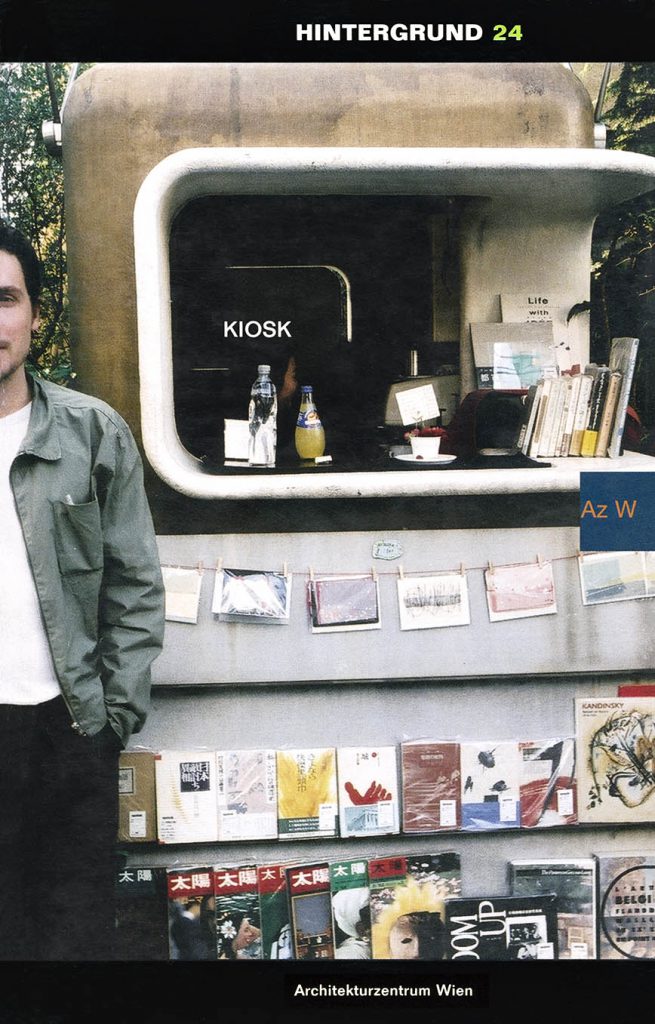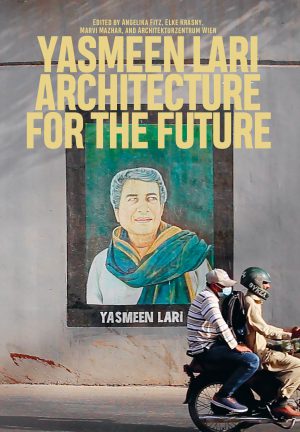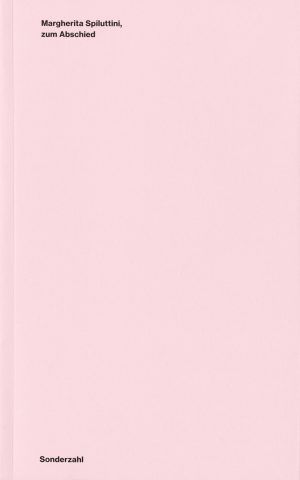
The texts in this backgrounder circle the kiosk in various ways - beginning with a historical outline of the history of the kiosk, from the Egyptians to the transformation into the commercialized sales stall of modern times by sociologist Elisabeth Naumann and a study by urban researcher Jon von Wetzlar (Urban Anarchists, Berlin) on the culture of the snack bar and its function in the city.




